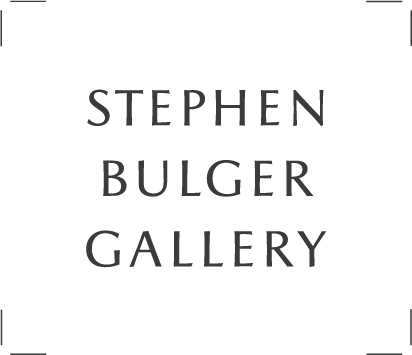(b. 1931, Philadelphia, USA; d. 2016, Toronto, Canada)
By the age of four Dave Heath had been abandoned by both of his parents. By the age of fifteen he had lived in a series of foster homes and, finally, in an orphanage. Given that only his mother was of the Jewish tradition, yet this is how he was being raised as well as the lack of any family support, he did not feel that he belonged anywhere. However, through the study of Jewish history he gained an understanding of a human community and our individual commitments to survival. Coupling this with American history Heath began to lay the groundwork for his belief in a purposeful life. At this early age, Heath knew that he wanted to be an artist seeing this as the best way to experience the world and come to define himself within it.
In May 1947, Heath saw Ralph Crane’s photo-essay in LIFE Magazine called “Bad Boy’s Life”. Struck by the success of how succinctly these pictures connected to a deeply felt shared experience, Heath knew he wanted to become a photographer. Using the orphanage’s darkroom, he began to master the mechanics of the medium. Thwarted by enrolling vocational school by its restrictive enrolment policy, he dropped out of high school and became a darkroom printer at a commercial lab. A book by John Whiting called Photography is a Language helped him understand the complexity of the medium. It was Heath’s passionate dedication to a self-directed study of history, art and the role of an artist which defined his existence.
Heath began photographing during the late 1940s. He briefly studied art at the Philadelphia College of Art and the Institute of Design in Chicago, supporting himself as assistant to commercial photographers. By 1959, Heath was in New York where he studied with the ground-breaking photojournalist W. Eugene Smith. His subsequent work has been highly influenced by Smith's humanistic tone and emphasis on the photographic narrative.
Working in the streets, Heath used its inhabitants to capture individual moments in tightly structured compositions that are charged with the importance of their individuality and the seriousness of their situation. Early on, he was inspired by the ability of a sequence of photographs vs. a single image to evoke the complexity of his story. At the age of 21 he composed his first maquette called 3 and in the intervening years worked his subsequent photographs into elaborate sequences culminating in 1961’s “A Dialogue With Solitude”, published as a book in 1965.
Heath first came to prominence with the 1963 exhibition “A Dialogue With Solitude”, a moving series of black and white images addressing contemporary isolation. Heath subsequently won two Guggenheim Fellowships. In the 1970s, after moving to Toronto, Heath began experimenting with Polaroid technology and produced a series of narrative works under the title “Songs of Innocence”.
In addition, Heath had mounted several thematic slide presentations using vernacular photographs including “Le Grand album ordinaire” (1973) and “Ars Moriendi” (1980). In 1981 the National Gallery of Canada mounted an exhibition of the two series “A Dialogue with Solitude and Songs of Innocence IV”. Heath has been exhibited across the United States and Canada including group and solo exhibitions at Nelson-Atkins Museum of Art, Kansas City; Philadelphia Museum of Art, Philadelphia; San Francisco Camerawork, Photofind Gallery, New York; Stephen Bulger Gallery, Toronto; and Canadian Museum of Contemporary Photography, Ottawa.
His photographs are represented in the collections of the National Gallery of Canada, Ottawa; Museum of Modern Art, New York; Art Institute of Chicago, Chicago; International Museum of Photography, New York; George Eastman House, Rochester, New York; The Getty, Los Angeles; Nelson-Atkins Museum, Kansas City; Philadelphia Museum of Art, Philadelphia; among other institutions.
From 1970 until 1997, Heath taught photography at Toronto Metropolitan University (Formerly Ryerson University) in Toronto. Dave Heath died in Toronto in his 85th birthday in 2016.
![Dave Heath, Untitled [children by fountain with toy boat, sidewalk chalk], September 1962](https://artlogic-res.cloudinary.com/w_640,h_640,c_limit,f_auto,fl_lossy/artlogicstorage/sbg/images/view/ea2582981539d467bcb97be07e95bdf1j.jpg)
